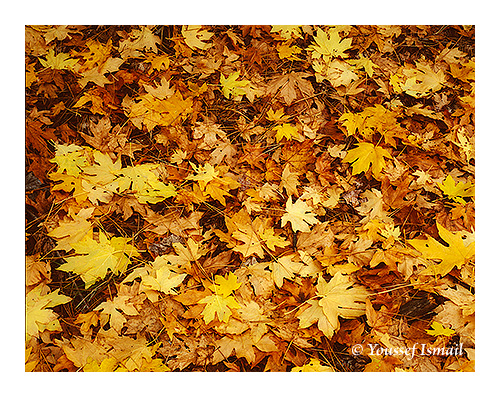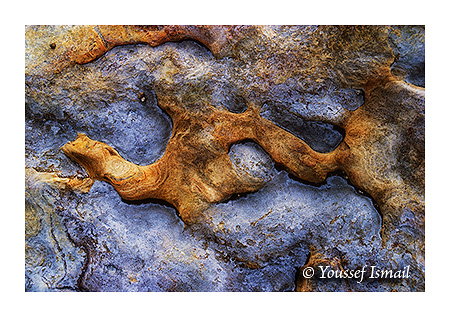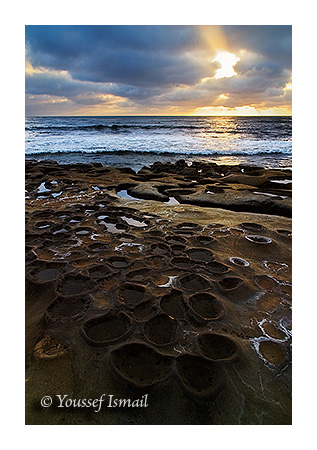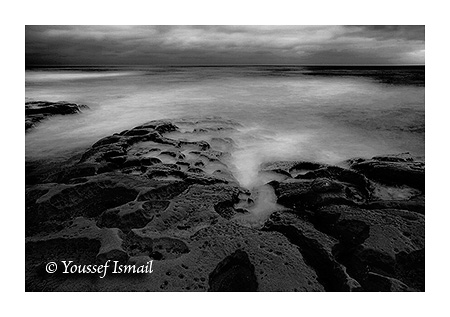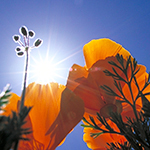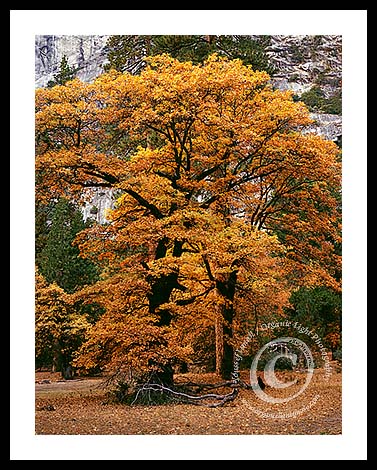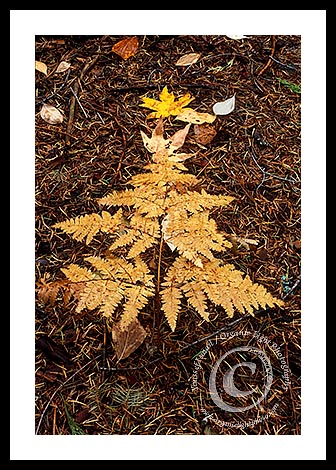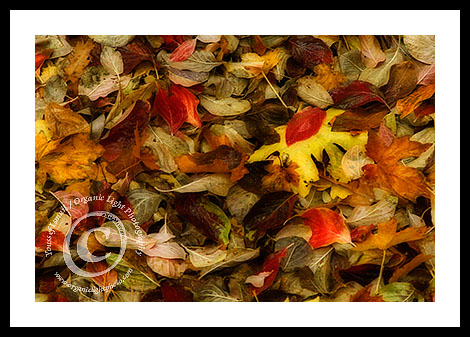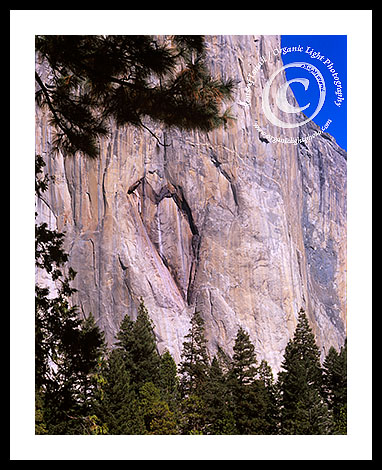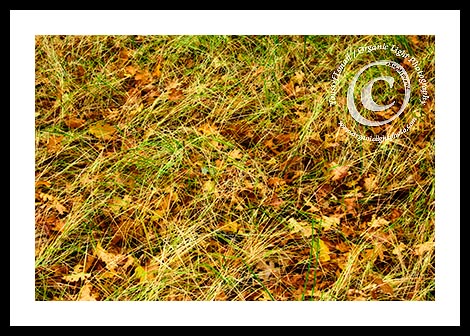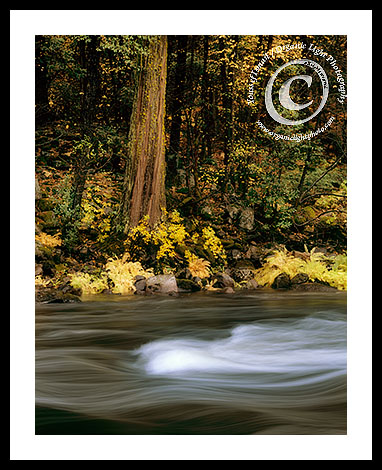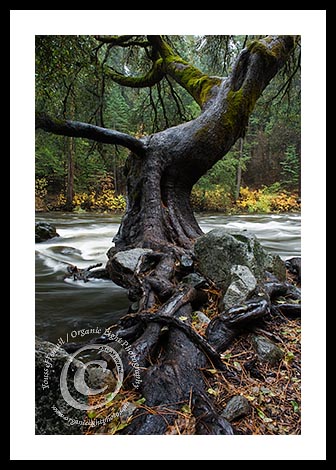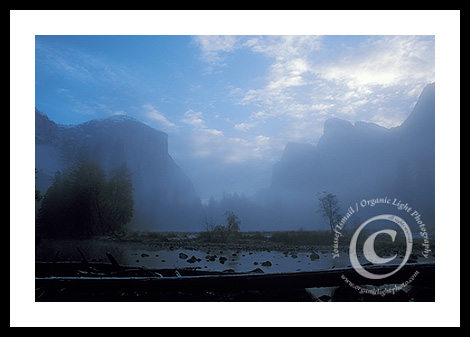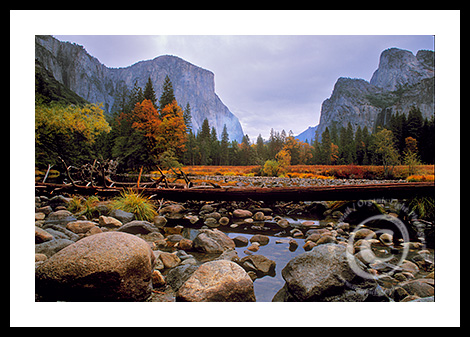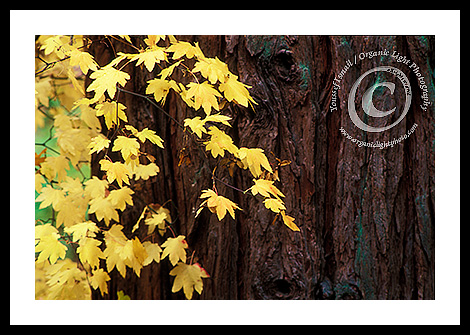Old Cameras, New Techniques – New Cameras, No Techniques
I recently exhibited my photographs at the La Jolla Festival of the Arts in beautiful La Jolla California. It was a pleasant show and the quality of the work of other artists was top notch. At such venues where the show is not held on the street, the environment is more relaxed and I like to set up my 4×5 wooden field camera as part of my show display. It really is a conversation starter and the visitors to my booth are mesmerized by the camera and then even perplexed that I actually use such an old camera. I don’t know what shocks them more, the fact that I use it or the fact that the camera is only about 6 years old while it looks 150 years old.
The funny thing is that they think because it is an old styled camera that I photograph using wet glass plates! I have never touched a glass plates in my life. When I tell them I use film I get this perplexed look. I then explain to them how the camera works. I take off the lens attached to its lens board and show them that there is nothing inside the bellows and that a camera is nothing more than a black box with a light focusing element on one end, the lens, and a light capturing medium on the other end, the film or digital sensor. I explain how the camera is focused by moving the lens closer or farther from the film, how the tilts and swings help in choosing the plane to focus on and how the shifts help in correcting distortions.
I then explain how I scan the films and prepare them to be printed digitally and suddenly this somehow seems incredulous to them. I then point out that with scanning film at even moderate scan resolution I end up with raw image files that hover around 500MB and that even the highest resolution digital cameras available still only produce files that are about 240MB. We then walk over to a large 20×25 inch photo hanging in the booth and I point out all the fine detail that is retained and then they start to see the light.
They start to understand that making a photograph is serious business and not as easy as it is made to seem with todays automatic cameras. They comment to me that I must really be invested in a scene to haul out and use such a big camera. They are correct of course. They comment on how I must know a lot about light and camera operation, not to mention processing and printing techniques and again they are correct. Even though I use an old camera, I employ many new techniques to maximize the amount of information in my photographs so that the finished image on paper is as close to how I experienced it and hopefully so that they can experience that moment as well.
When making a photograph I use a top-down / bottom-up workflow. It starts with seeing something that moves my heart. That is the peak of it all, the scene has to move the heart somehow for some reason sometimes beyond our understanding at the time it is seen. From there artistic decisions about perspective, composition and lighting come into play followed by technical decisions about focusing and focal planes, apertures, light levels and shutter speed. Only then can the shutter be tripped to capture that light. The process does not end there however. The latent image on the film, or RAW sensor data, then has to be developed and then printed on to paper using a myriad of techniques in either a wet darkroom or a digital darkroom on the computer.
Over the years cameras have steadily become more sophisticated while becoming easier to use and taking over many of the decisions that a photographer has to make in the photographic process. Starting out with built-in light meters and moving to auto exposure and auto focusing. The sophistication continued into the digital era as well and now photography is instantaneousness. Modern technology has taken a difficult time-intensive process and has rendered it to as simple as pushing one button. Gone are the technical decisions about how much light is available, what aperture-shutter combination to use, and to some extent where or what to focus on. Focus, even though taken care of automatically, still only focuses exactly at only one distance from the camera, and without a proper aperture setting, important elements in the composition are rendered out of focus and hence the photo is considered “bad”. Focusing and aperture selection were the last technical decisions that photographers still had to make as the camera had no idea what the photographer was aiming at. So even though the modern camera was loaded with auto-everything, good technique was still important.
Enter the latest contender to simplify photography. The Lytro camera was recently announced with the ability to capture an image and choose what to focus on afterwards entirely in software. In other words that camera has eliminated the need to focus or choose an aperture entirely. Photographic technique has now been laid to rest and operating a camera has now been completely rendered to pushing a single button. Don’t get me wrong, the technical sophistication that goes on in the background is truly amazing and the science behind it is even more fascinating, but where does that leave us as photographers? The ability to make images is now so ubiquitous with “cameras” on almost every device imagined that the demarcation lines have been blurred between the photographer and everyone else. Today’s cameras require no technique at all. Just point and press a button – you can focus later, set exposure later, and mimic whatever aperture desired later.
Photography, writing with light, requires technical proficiency in understanding and working with light. Yet the majority of today’s “photographers” have no clue about light the very medium they work with. They don’t need to as they have a machine that does everything for them. I wonder what authors would think if there was a device, perhaps called a Scribbler, that produced novels at the press of a button. Would they be as accepting as photographers are about the technique-less camera?
Hone your photographic technique and be that writer of light that moves the hearts of those who take the time to see what you saw and feel what you felt. The camera cannot do that for you.
Peace.
